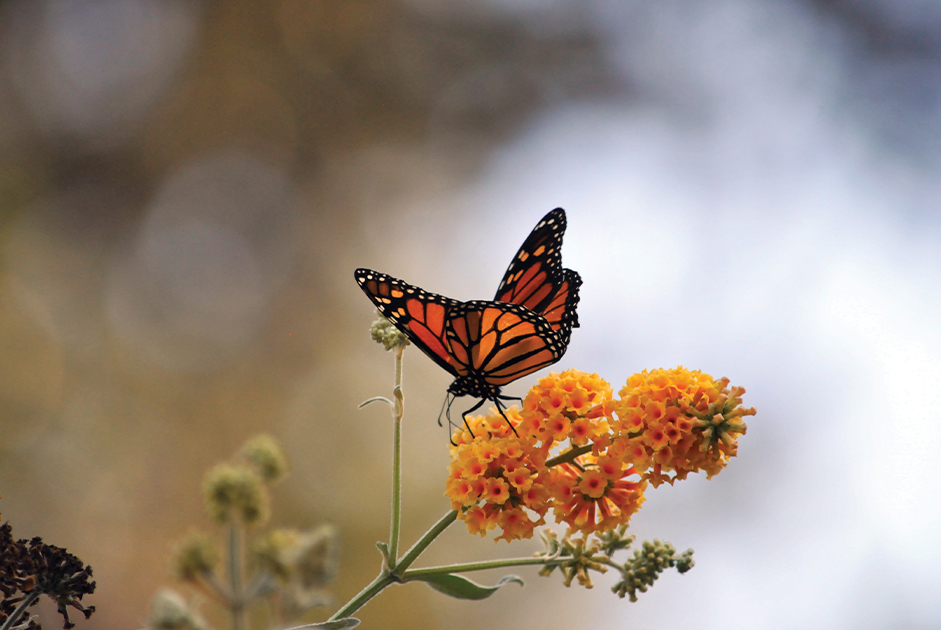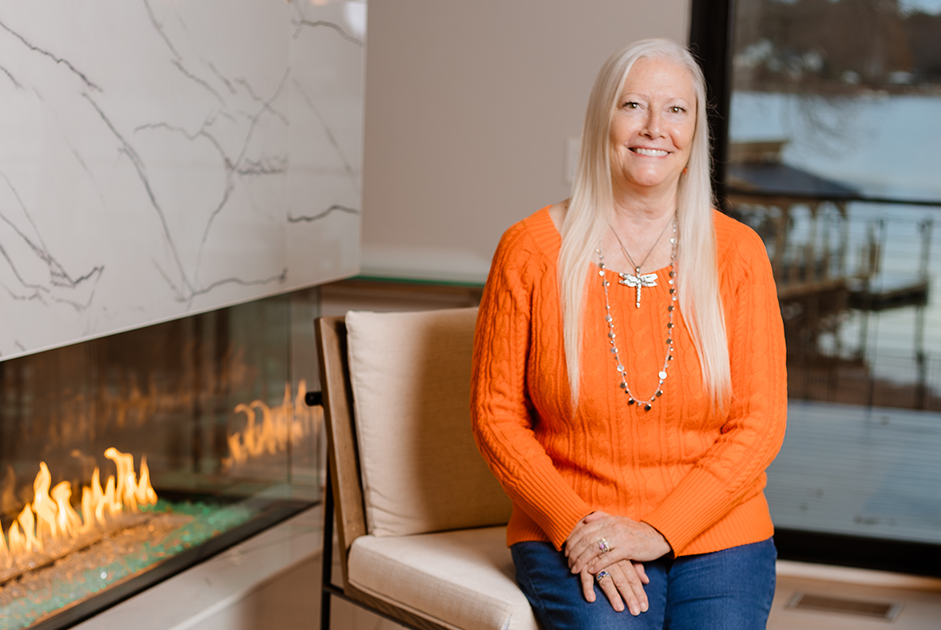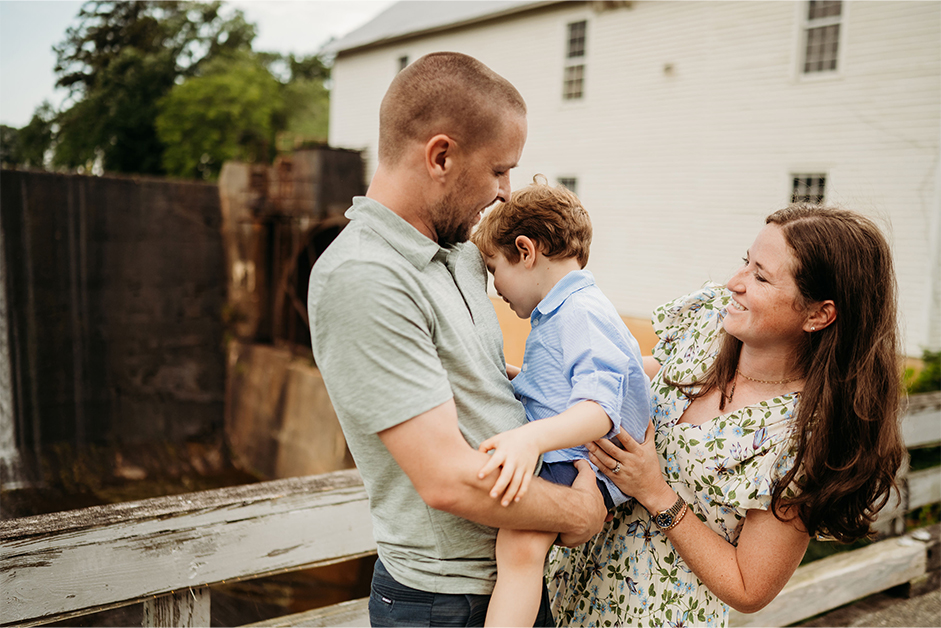When it comes to celebrating fall, many of our traditions center around Halloween, or the change of seasons. However, this is not the case in many other areas of the world. All over, countless other unique fall traditions take place. Interested in learning more about how other parts of the world enjoy our beloved pumpkin-centered season? Read on for seven different worldly autumn customs.
China
In areas of China, residents enjoy taking part in the “Yulin Festival,” which translates to the “Hungry Ghost Festival” in English. This festival is based on the idea ghosts roam the land on the fifteenth day of the 7th month on the Lunar calendar. These spirits are searching for food and money. One activity many enjoy doing is burning paper offerings, as well as leaving food outside of the doors to please the spirits. Another spooky tradition is to completely avoid taking pictures during this time, as many testify ghostly images will appear on film during this time.
United Kingdom
In the U.K., another fall tradition is taking place. This event takes place on November 5th. On this day, also titled “Guy Fawkes Day,” residents celebrate the failure of the Gunpowder Plot of 1605. This was when fourteen people were plotting to blow up the House of Lords at the State Opening of Parliament. Celebrations on this day include lighting huge bonfires, setting off fireworks, and savoring traditional meaty foods, like meaty sausages topped with fried onions, mustard and ketchup.
Mexico
While many have heard about the “Dia de los Muertos,” or “Day of the Dead,” few heard another distinctive activity which precedes this celebration in Mexico. Every November, expansive forests, which spread across the Mexican states of Michoacan and Estado de México, are covered in fluttering wings of black, white, and orange butterflies. According to the article, “The Monarch Butterfly Migration Turns This Mexican Forest Orange Every Fall,” by Travel and Leisure, “monarch butterflies fly around 2,800 miles from Canada and the United States to spend the coldest months of the year in warmer lands.” Since the arrival of the butterflies coincides with the beginning of “Dia de los Muertos,” many believe the monarch’s arrival signifies the return of the souls of their dead ancestors.
Germany
The beloved Oktoberfest is a German festival many also know about. However, the beginning of October in Berlin is also the largest national holiday in Germany—the celebration of the reunification of East and West Germany after the falling of the Berlin Wall. On October 3rd, residents celebrate this day of unity by hosting a huge city-wide festival in Berlin. Parades, open-air concerts, family-fun activities, and history exhibits take place along what remains of the Berlin Wall.
Ireland
In Ireland, the Irish celebrate Samhain, which many believe is the root of Halloween. This ancient Celtic celebration includes bonfires, festivals and even a delicious fruitcake known as Barmback. Slicing into this cake, one will find tokens, meant to signify wishes for marriage and wealth. According to the Times article, “What Is Samhain? What to Know About the Ancient Pagan Festival That Came Before Halloween,” during this holiday, “ghosts of the dead and spirits from the Otherworld were also thought to return to the earth.” To appease them, often “sacrifices—generally of crops and animals—were burned in bonfires.”
Ghana
In the Volta region of Ghana, residents celebrate a specific crop which has helped many throughout the years. The Festival of Yams, also known as Asogli Te Za, takes place every September, and holds deep religious and economic meaning for the Ghanaian people. Having a strong yam harvest would signify a productive year for many residents. The festival’s religion would also include activities to thank ancestors and gods for this fruitful harvest.
Italy
In Italy, another celebration honors the souls of loved ones who have passed on. During Ognissanti, Italians decorate cemeteries with flowers and red candles, paying homage to the deceased. Families unite over delicious meals, leaving an empty plate and seat at the table for their loved one, expecting their soul may join them for dinner. Each region of Italy has a different take on the holiday. For example, in Sicily, many believe well behaved children will receive gifts from their deceased family members. Whereas in Abruzzo and Trentino, it is a tradition to carve pumpkins, place candles inside of them, then use them as lanterns. Finally, in Tuscany, children wear necklaces made of apples and roasted chestnuts.



















